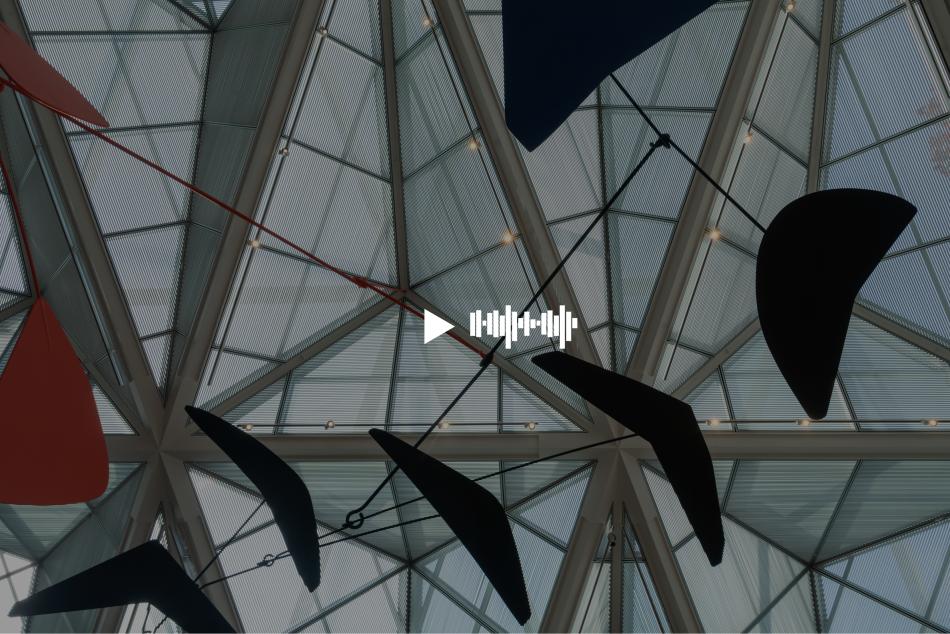STRAUSSMAN-PFLANZER:
Hi, I'm Eve Straussman-Pflanzer, curator and head of Italian and Spanish Paintings at the National Gallery of Art. [We see before us two women at an open window of two different ages; one more youthful and one a bit older.
NARRATOR:
The scene, painted by Spanish artist Bartolomé Esteban Murillo, around 1660, has us wondering.
STRAUSSMAN-PFLANZER:
Why are these two women at the window? Who are these two women? We don’t know the answers, but I think there's several interesting ways to think about the work.
NARRATOR:
The older woman seems to be hiding her amusement at something outside, behind her shawl. Her companion smiles too.
STRAUSSMAN-PFLANZER:
And for women of a certain class in society, it was not deemed decorous for them to laugh or openly smile in public. And then of course one needs to consider who was the intended viewer? Who is she smiling at? Honestly, we just don’t know.
NARRATOR:
Some believe it’s possible that the woman at right, with her coy smile and direct gaze, may be a prostitute, beckoning her next customer. It’s just as possible, however, that we’re seeing a woman of good standing being minded by her chaperone, exhibiting a moment of playfulness. Do they realize they are being seen? Or do they believe they are escaping notice? This ambiguity is part of the power of the picture.
STRAUSSMAN-PFLANZER:
There's a freeness and an accessibility to the women that I think is actually quite refreshing. Whether it was considered inappropriate or not in the period, I think for the present-day viewer there's something very visceral and immediate that's exciting and engaging.




